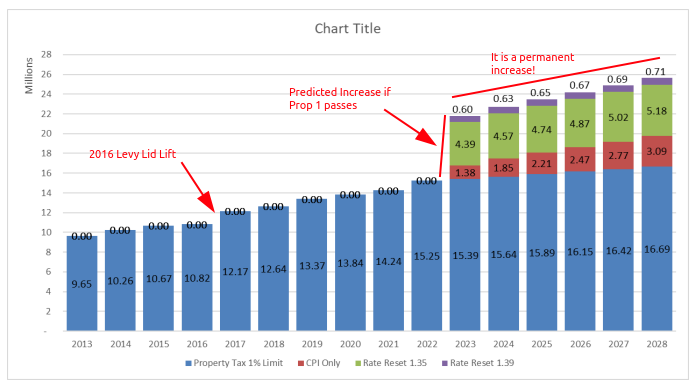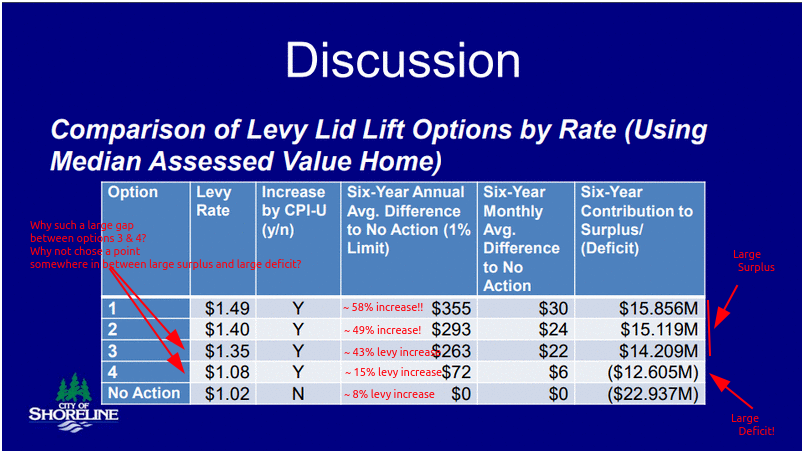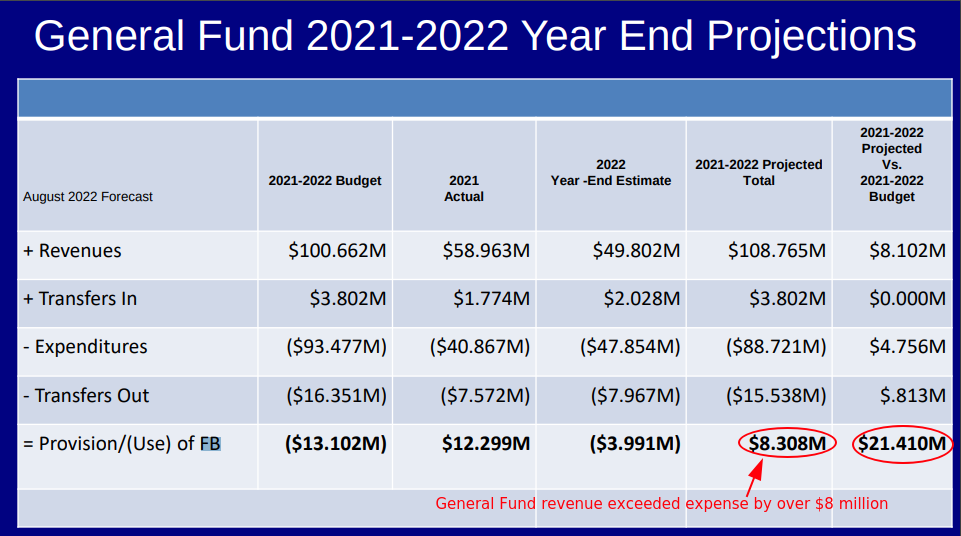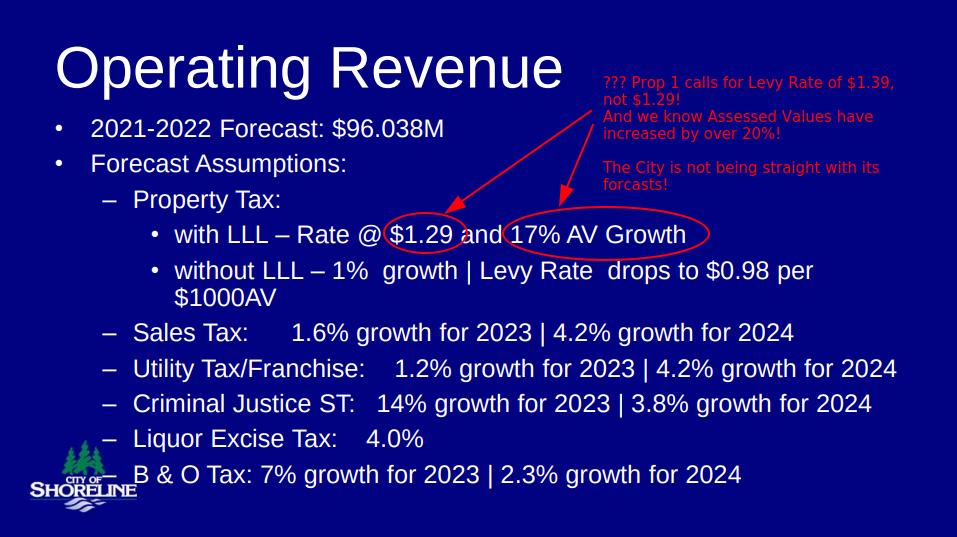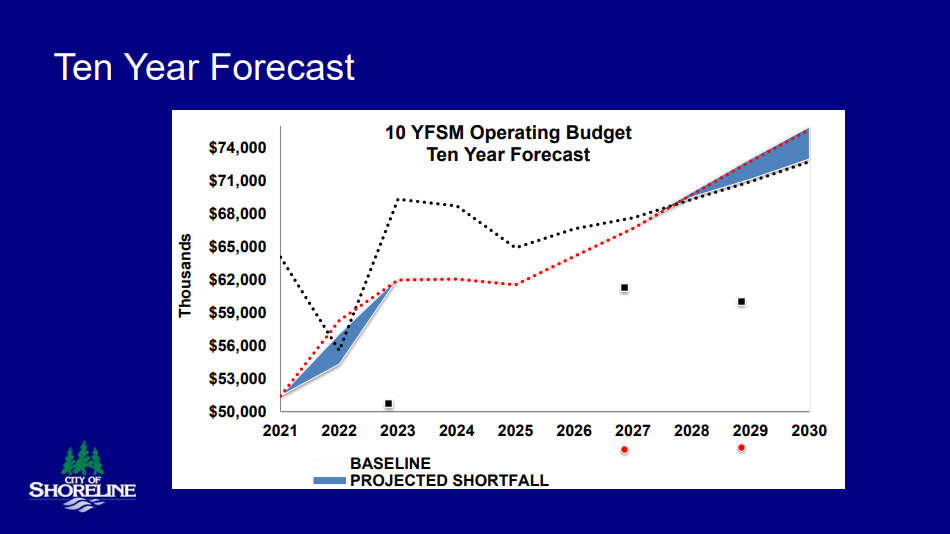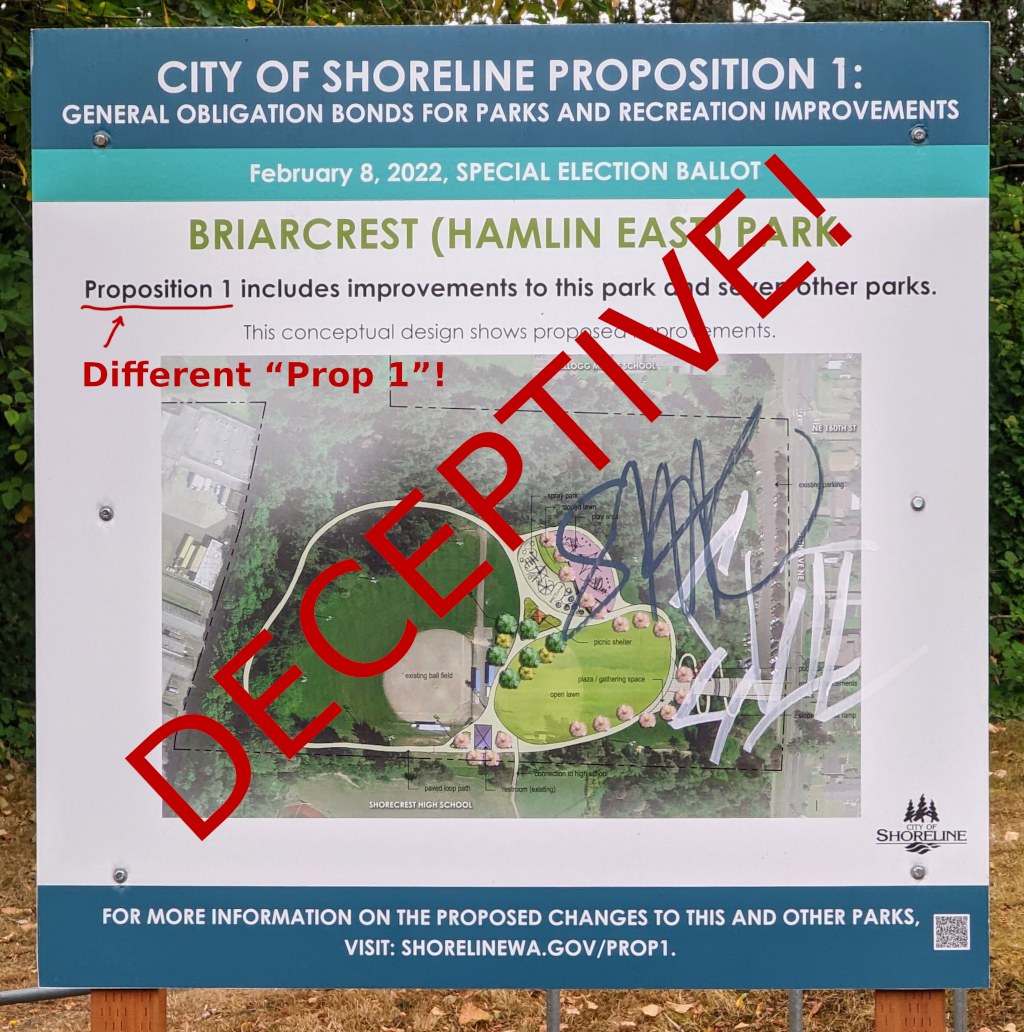The Details
What is RADAR? How does it relate to Proposition 1?
The “Statement in Favor” says:
This levy lid lift, Proposition 1, will preserve current services-
such as outreach services to at risk youth. It will enhance a new
service -- mental health professionals teamed with police to respond
to the growing need for mental health interventions (RADAR). RADAR
has been proven to be more effective in helping people impacted by
drug and mental health crises.
Let's be clear: Proposition 1 is about raising the Levy Lid on the
City's general property tax levy.
That levy goes into the City’s general fund which pays for the
salaries and expenses of the majority of City employees in all
departments.
Police services account for roughly 30% of the expenditures from the
general fund.
The City Manager's office and Administrative Services departments
account for a similarly sized chunk of the budget — roughly another
30%.
Roughly 15% of the general fund budget goes to the Recreation,
Cultural & Community Services department (which includes:
“Neighborhoods, Emergency Management Planning, Human Services,
Diversity Inclusion, Environmental Services, Recreation, Youth & Teen
Development, and Cultural Services”).
Here is a graph showing actual and projected general fund expenditures by department for 2021.
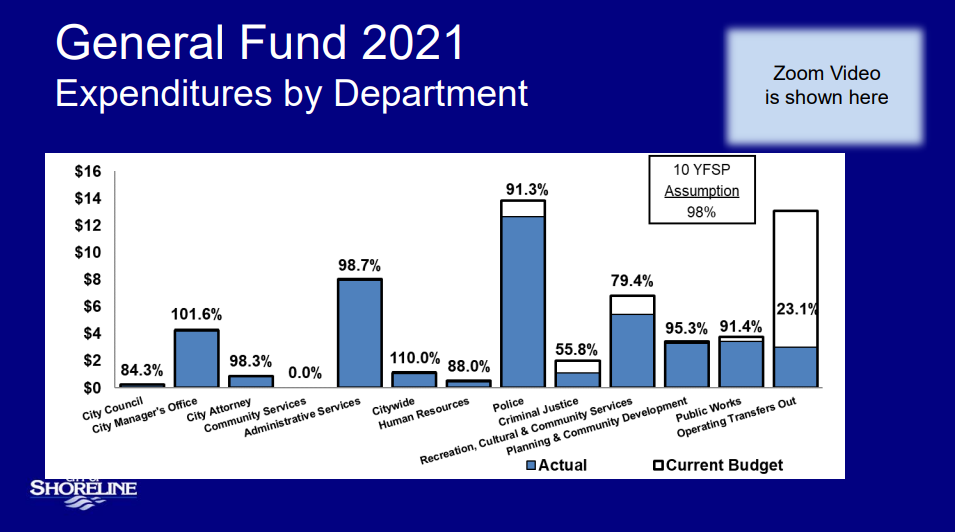
What is RADAR?
RADAR is a joint project between five north King County cities
formed to “serve people in crisis coming in contact with law
enforcement and the crisis system”. You can read more about RADAR on
their website.
It appears that the bulk of the funding for the program thus far has
come from various grants, and a county-wide special sales-tax
levy. To date, so far as we can tell, Shoreline’s
general fund has contributed very little if at all in the way of
funding to RADAR.
Going forward there are plans to create a “Regional Mobile Crisis
Response Program”. Projected expenses to Shoreline's general fund for
that are $811,000 for the 2023-2024
biennium. Total budgeted general fund
expenditures for the 2021-2022 biennium were over $100
million, so these costs represent a fraction of a
percent of the total general fund budget.
The expansion of the RADAR program (at a budgeted cost of just over
$400k per year) is hardly enough to justify a nearly 50% (>$7 million
per year in new revenue) permanent tax increase.
What About Inflation?
The “Statement in Favor” claims
Recreation programs, community services and city customer services
are at risk due to inflation. Revenue to fund city services will
dramatically fall without the levy lid lift. Programs we rely upon
will have to be reduced. Voting “yes” on Proposition 1 preserves an
array of services for everyone, including the homeless, as well as
continues maintenance of our excellent park system and recreation
areas.
Again, let's be clear: The City's revenue has been more than keeping
pace with the rate of inflation.
For the past twelve years, there have been Levy Lid Lift measures in
effect that have allowed the Shoreline general property tax levy to
rise with the rate of inflation. (In most years the per-year increase
has been capped at the rate of inflation. In two of those twelve
years, due to the way Levy Lid Lift measures work, the increase was
significantly greater than the rate of inflation.)
One can argue as to whether the City needs even more money, but
claiming that the City's revenue is losing out to inflation is
disingenuous and misleading.
Revenue Will Not “Dramatically Fall” if Prop 1 Fails
The statement “Revenue to fund city services will dramatically fall
without the levy lid lift” is just plain false.
If proposition 1 fails, the City’s general property tax levy in 2023
will be capped at 101% of the 2022 levy.
That is, revenue from property taxes will still increase by 1%.
Revenue from other sources (like sales, B&O, utility, and gambling
taxes) will likely increase by more than that.
There is no “dramatic fall”.
Also, note that, should Proposition 1 fail, the City can (and,
probably, should) come back to the voters next year with another Levy
Lid Lift measure, that sets a more reasonable increment in the general
levy.
More on Inflation, Social Programs, Growth
The “Statement in Favor” continues:
Our city is already impacted by higher costs due to inflation,
significant growth pressure and the need for new program to address
serious social problems. We must step up to ensure the quality of
services we rely on and to leverage expected growth.
As stated in the previous section, City revenue has more than kept up
with inflation over the last twelve years.
The City General Fund's revenue exceeded expenses by over $8 million
in 2021, and appears to be heading towards finishing the 2021-2022
biennium with $21 million more in the general fund reserves than was
initially forecast.
On the other hand, inflation affects the tax-payer’s budgets, too.
A time of high inflation, such as we find ourselves in now, is not the
time to impose a 50% tax increase.
As noted above, the anticipated expenses associated with the “new
program to address social problems are peanuts compared to the size
of the proposed tax increase.
As for growth, the City itself describes (while justifying the
property tax exemptions granted to the new high-density developments
going in) just how growth leads to increases in
revenue. For more details see our page on how
growth affects the City budget.
About the Citizen Advisory Committee
The “Statement in Favor” concludes with:
A citizen advisory committee composed of your neighbors recommended
that the City Council ask Shoreline voters to renew the levy lid
lift.
Yes, the Financial Sustainability Advisory
Committee did recommend that the Council should
put a Levy Lid Lift before the voters.
However, the committee did not make a recommendation as to what Levy
Rate should be set in the Lid Lift measure.
In fact, some members of the committee expressed concerns about adding
to the tax burden given inflation, the recently passed 2022 school
levies, and parks bond and increasing property taxes.
See our page on the FSAC for details and
references.
